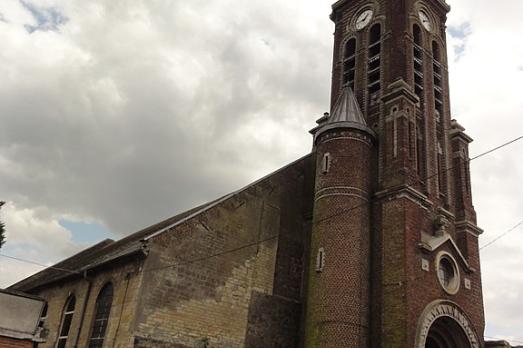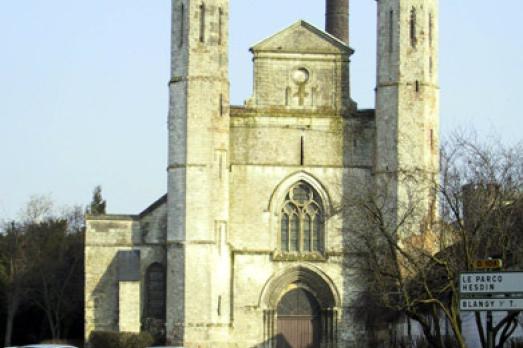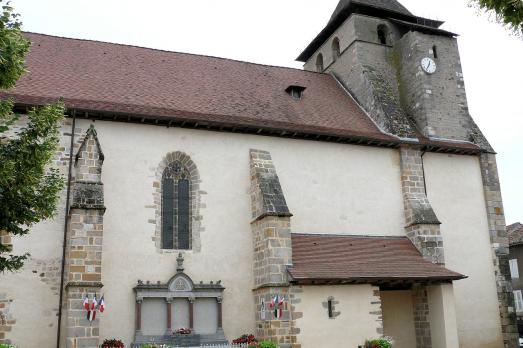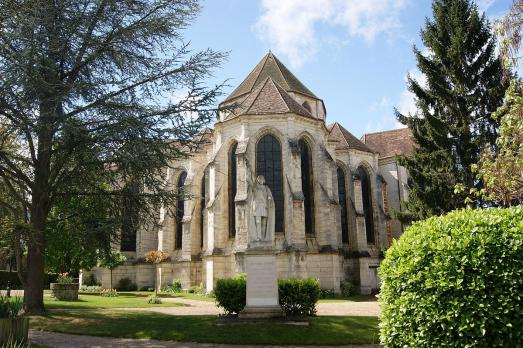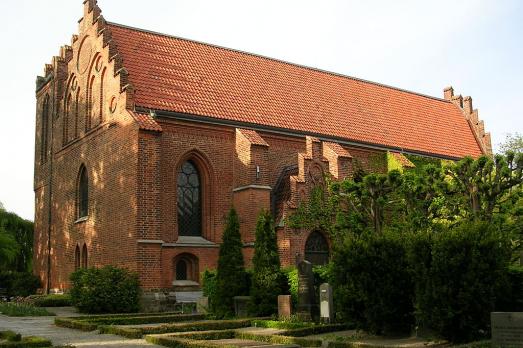
Abbey Church of Otterberg
Otterberg, DE
The Abbey Church of Otterberg was founded in 1143 by Cistercians as the abbey church of a daughter abbey of the Eberbach monastery. In the 15th century, the monastery slowly declined. In 1504, and in 1525 during the Peasants' War, the monastery was burned and plundered. At the end of the 16th century, the abbey church began to be used simultaneously by the Catholic and Protestant parishes, but not without causing disputes. In 1708, therefore, a separation wall was built between the two spaces. The choir hall with the transept is now used as the Catholic part, the remaining nave as the Protestant part. In 1979, the wall was removed as part of a major renovation, but the structure of the property was not changed.
